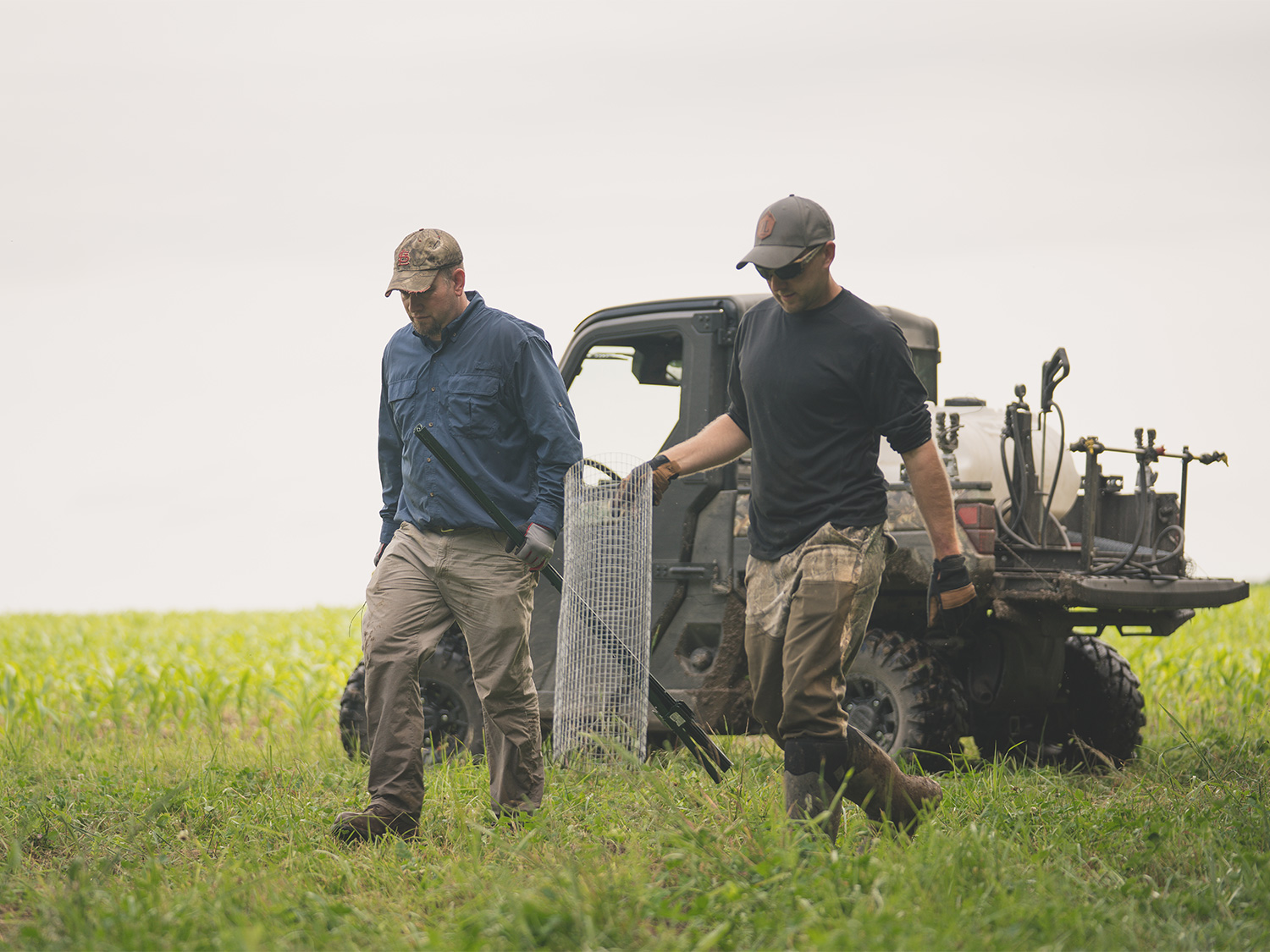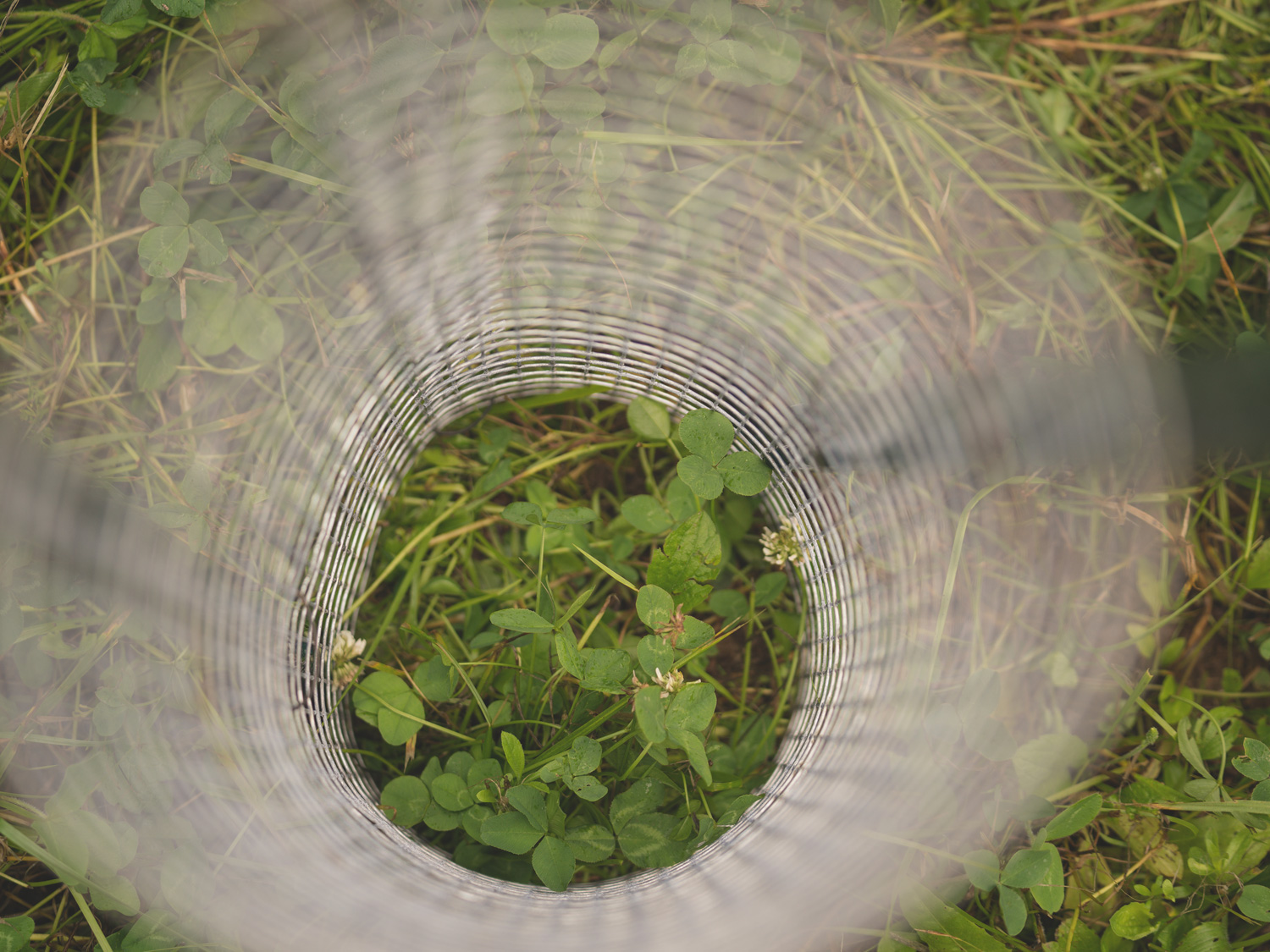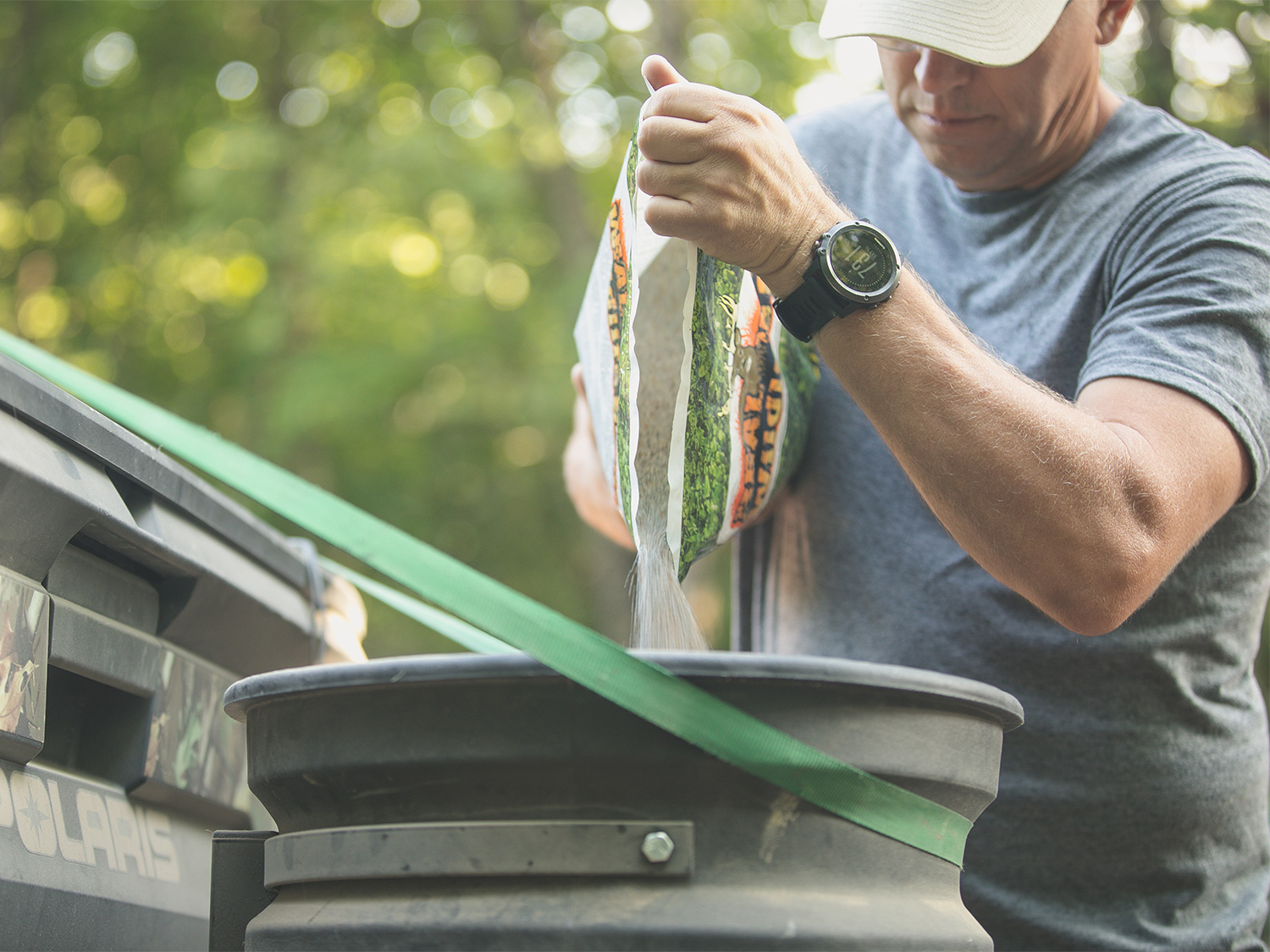We may earn revenue from the products available on this page and participate in affiliate programs. Learn More ›

Editor’s Note: This is part 4 of a 9-part Respect the Game series on habitat improvement, whitetail management, and the tradition of deer hunting. We’ve partnered with Polaris to tell the story of the world-record buck, and the group of buddies who worked together to hunt the deer last fall. Stay tuned for more tips, stories, and videos from this series.
I thought I’d done everything right. I’d gotten a soil test, applied lime and fertilizer, tilled, and planted. But a year later, my food plot—which was supposed to be full of giant ladino clover—was mostly overgrown with noxious weeds. What the heck?
Clover is probably the best all-around food plot plant there is. There are several varieties of it, but the most popular types, like ladino and crimson clover, are attractive and nutritious for deer, turkeys, rabbits, and pollinators like honeybees. Clovers are legumes, so they put nitrogen back into the soil instead of robbing it out. It’s also practical. Clover is easy to plant, and some varieties will last for years with a little maintenance.
But it’s not fool proof. It’s possible to spend all that money on seed and fertilizer—like I did—and still end up with little more than a field of weeds. The good news is that even a failed clover plot can probably be fixed. The bad is that it’ll take work—and maybe even replanting. If you know what commonly causes clover to tank, you can probably prevent it from happening in the first place.
1. You Planted Too Early
This is where I screwed up. We all get amped up for deer season in the late summer, and sometimes we’re too eager to break ground on a new food plot. But clovers are cool-season plants, and they spend their first weeks of life developing a taproot that will eventually run 5 to 8 feet deep into the ground. At this stage, clover is vulnerable. A “fall” planting when it’s still 100 degrees and dry is asking for failure. At best, the seed will lay dormant for better conditions. At worst, it’ll catch an early rain, sprout, and then get scorched in the heat. That’s what my plot did, clearing the way for those weeds to make good use of my expensive fertilizer. Wait for the weather to moderate, with a steady chance of rain in the forecast.
2. You Didn’t Get a Clean Seed Bed
Clover spreads by stolons, so the plants are pretty aggressive once established. But until then—as mentioned above—it’s slow growing. Give your clover every chance to grow by preparing a seed bed that’s as free of competing weeds as possible. Even if you spray a food plot with herbicide, disking or tilling will expose new seeds that can be just as problematic. If you have a drill, plant right into the sprayed field. Otherwise, it can be worth it to wait for weeds to germinate again, and then spray the plot again before planting. When broadcasting clover—a spreader mounted on an ATV or UTV works well for this—you need seed-to-soil contact.
3. Your Soil is Acidic
Many new food plots, especially small “kill plots,” are established in recently cleared areas, and the soil in those areas is frequently acidic. Most clovers grow best in a pH range of 6.0 to 6.5. If you have an acre to plant with a pH of 5.5, four bags of pelletized lime isn’t going to get you there. Soil samples frequently call for lime application by the ton, and in my experience you’re better off splurging for more lime to achieve the proper pH than for more fertilizer. Just be aware that it can take that lime a while to incorporate into the soil, so the benefits to your clover plot may not be realized until the following season.

4. You’re Fighting Mother Nature
Sometimes, you just need to choose a different spot. There’s a field on my farm that I’ve been trying to plant for years, because it’s just in the ideal spot to hunt. During the late summer and fall, it’s pretty dry and seems like a fine spot to plant. But it routinely floods in the winter and spring, and stays a sodden mess throughout the early summer. As badly as I want a food plot there, it’s just too wet for clover. I’ve found that if I want a plot there, I’m better off going with an easy to grow—and less expensive—annual like wheat.
